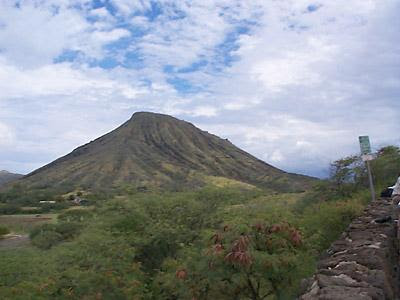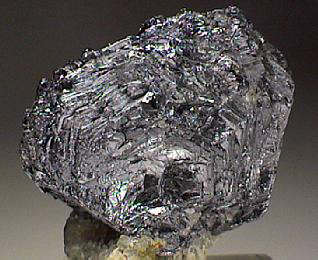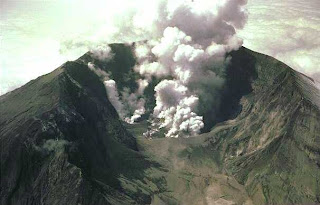I think the family should go to Hawaii
Our reasons are :
· There are many interesting places to go to and find out more about the volcanoes inHawaii
· There are many interesting places to go to and find out more about the volcanoes in
· Since there is only 3 active volcanoes , i think it is not that dangerous . -Anisah ' Encourager :P
· There are many enjoyable places to go to ( such as tourist attractions) and at the same time , learn more about the volcanoes and Hawaii
· Hawaii
-Izzah ' Leader XD
-Izzah ' Leader XD
Have a nice and enjoyable dayy (:













